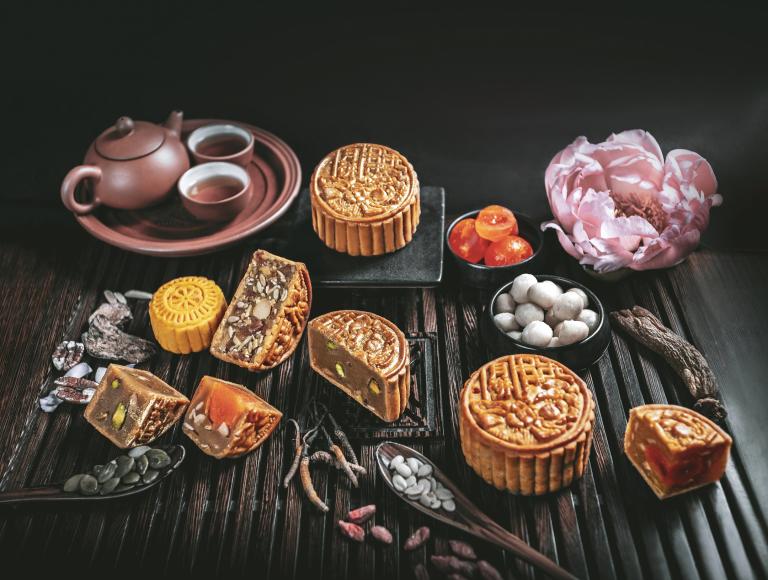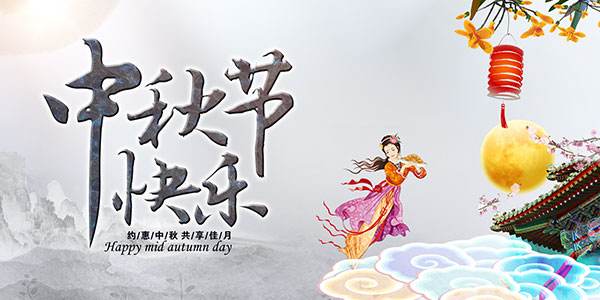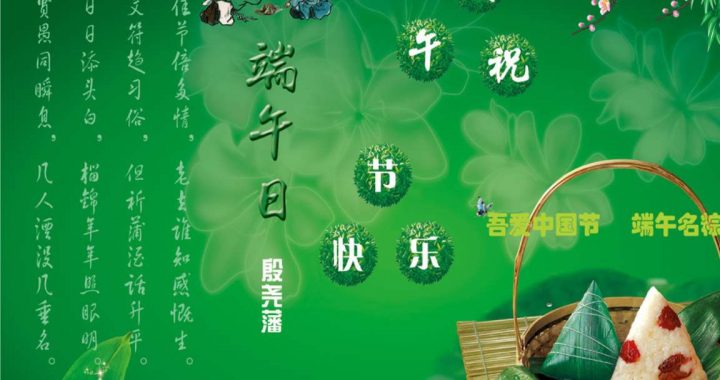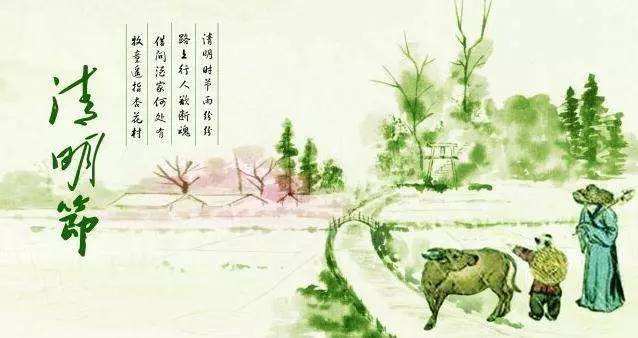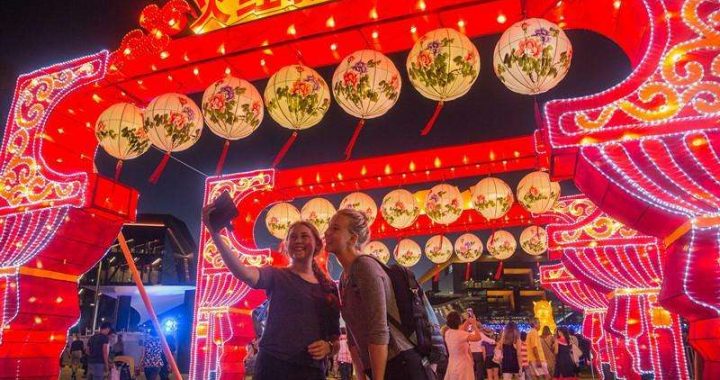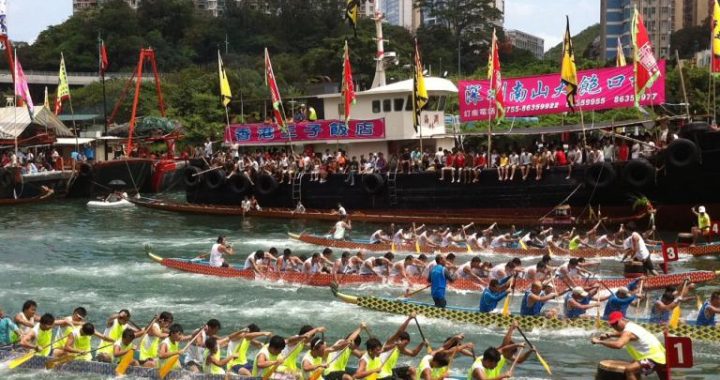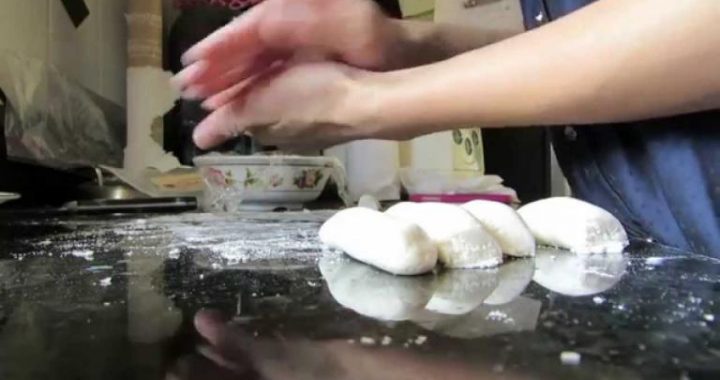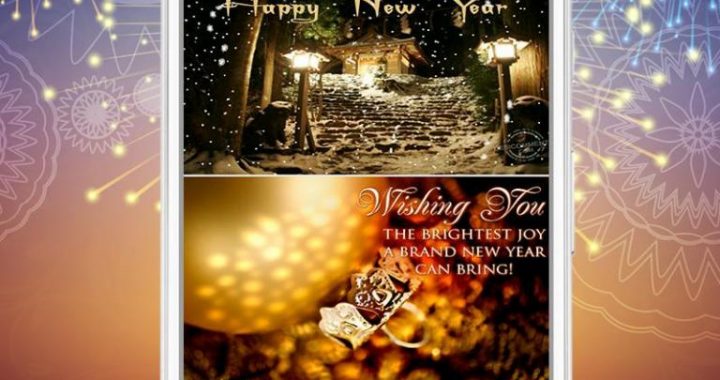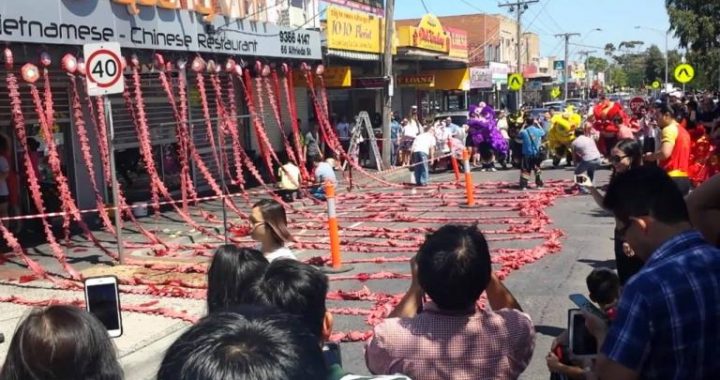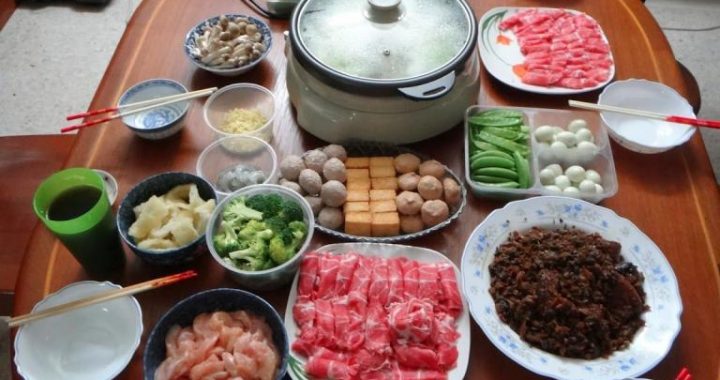Mid-autumn Festival
9 min readWhile carrying out trivial and busy preparation for festivals and observing various festival customs or taboos, people often ask: why should people take so much trouble to celebrate festivals? In evaluation with material value as the main yardstick, people even put forward the opinion that using large amounts of material and financial resources to celebrate festivals might be wasteful. Such doubts and views are quite normal. The situation in which many festivals emerged and were carried forward has changed greatly after all, and many features of the modern society are unconventional by nature. However, no festival emerged without a reason. Apart from religious causes and psychological needs, festivals used to play an important role in social functioning and maintenance. Though now with the flourishing of science, social development and the emergence of more exchange and communication channels, many festivals’ social functions have been gradually weakened and the forms and contents of their customs do not conform to the modern society well, in view of the present situation, the human society obviously is not ready to become one without festivals. Analyzing the internal structure and development course of a society with festivals through some festival phenomena is perhaps more meaningful than discussing whether festivals should be celebrated or not. In such revelation, people canunderstand the significance of festivals to the society more deeply and might find the strength that festivals rely on in the modern society to realize transformation.
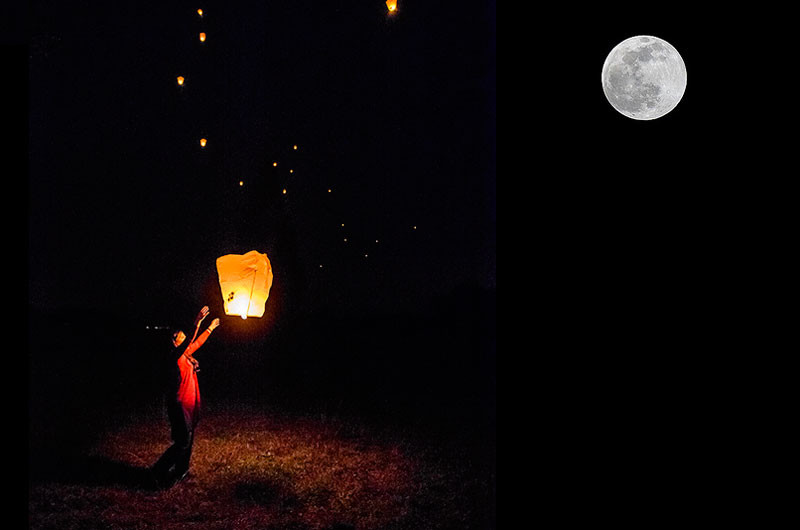
“The mid-autumn moon is exceptionally bright.”The Mid-autumn Festival is a traditional Chinese festival in autumn, also called the Moon Festival and the ReunionFestival. After working hard to sow in spring and sweating profusely in summer labor, people finally usher in the harvest season when the weather is fresh and cool and orange osmanthus flowers smell sweet. In the busy and joyful harvest, people begin to get together and celebrate the Mid-autumn Festival.
Mid-autumn Festival: Reunion under the Full Moon
Ancient Chinese people acquired an in-depth understanding of the moon’s movements very early, and used the terms half-moon, full moon, dark moon and crescent moon to refer to different phases of the moon. The half-moon is the half month, including the first quarter moon and last quarter moon. The first quarter moon is the 7th or gth day of every lunar month, and the last quarter moon is the 221d or 23d day of every lunar month. The dark moon is the last day of every lunar month. The crescent moon is the 1St day of every lunar month, also called the new moon. The full moon is the 15th day of every lunar month when the moon is full in the night. The Midautumn Festival falls on the 15th day of the 8th lunar month when the moon is full in mid-autumn. Therefore, the origin and customs of the Mid-autumn Festival are mostly related with the moon.
In ancient Chinese people’s cognitive world, the moon occupied an important position The sun and the moon are two poles in Chinese yin-yang philosophy and the basis of the Chinese calendar system. The moon and the sun are opposite: the sun represents yang, while the moon represents yin, the directions of east and west and the seasons of springand autumn. People had the traditions of offering sacrifices to the moon and worshipping the moon a long time ago. In today’s Beijing, an important venue of sacrifice offering to the moon in the Ming and Qing dynasties-the Altar of the Moon -still remains. In ancient people’s emotional world, the moon was more beautiful and moving. They established imaginations about the moon with diversified mythological legends and a lot of written stories and scrolls. According to legends, there is a moon palace on the moon, and beautiful and lonely Chang’e who became a moon fairy after stealing and eating an elixir of immortality, Wu Gang who was banished for learning from immortals,a toad,a jade hare and a cassia tree that can never be felled. Under the pens of men of letters, the moon is far away and cold, and different phases of the moon are imbued with human emotions and grief of parting. Lines of poems written by Li Bai in the Tang Dynasty and Su Shi in the Song Dynasty (960-1279) such as”Raising my head,I see the moon so Bright; withdrawing my eyes, my nostalgia comes around.”and “How long will the full moon appear? Wine cup in hand, Iask the sky.”enjoy great popularity. The Mid-autumn Festival was gradually established in such belief and understanding of the moon, and became an important folk festival in the Song Dynasty.
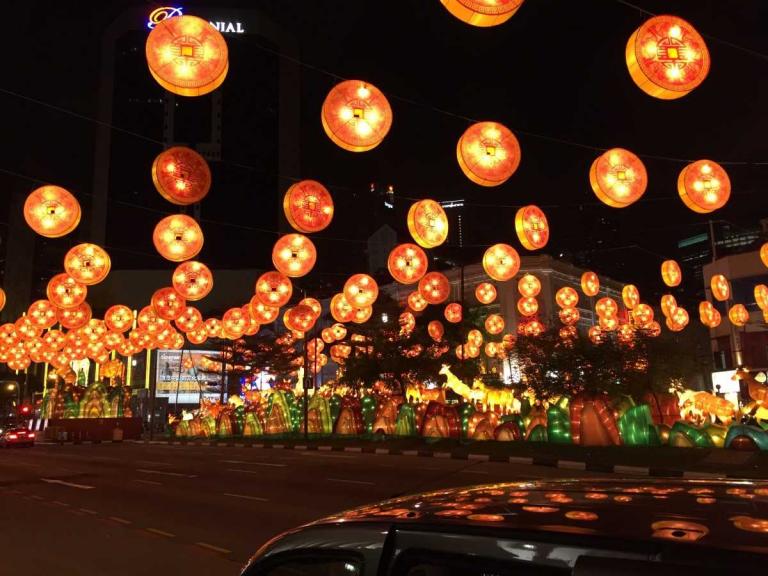
Mid-autumn Festival traditions include offering sacrifices to the moon, worshipping it, admiring it and enjoying it. In the Qing Dynasty, families in Beijing set up altars in courtyards, put Moonlight Bodhisattva’s tablets on them, and offered melons and fruits.
Then all family members kowtowed towards the place where the moon rose. In Fujian, there is the custom of “inviting the Moon Maiden”in the evening of the Mid-autumnFestival. People put fruits and cakes under the moon, worship the moon and pray for happiness, safety and health. In Huzhou, Zhe jiang and Miaoli, Taiwan, there is the customof “watching the lunar corona”while admiring the moon during the Mid-autumn Festival.
According to folk legends, the moon emits colorful light called the “lunar corona”in the evening of the Mid-autumn Festival, and those who see it will be lucky. To see the luna corona during the Mid-autumn Festival, people set up altars under the moon, burn joss sticks, offer sacrifices such as cakes and fruits, carry out “lunar corona worship,”and even stay up the whole night “waiting for the lunar corona.”People’s secular joy in admiring the moon and en joying the moon is in sharp contrast with the holiness in offering sacrifices to the moon and worshipping the moon. Foshan, Guangdong has the tradition of holding autumn parading ceremonies. During the autumn agricultural harvest, people held parades for celebrating the harvest called “autumn parade ceremonies”or “autumn lantern shows”and collectively called “autumn performances”from the Ming Dynasty(1368-1644). Various performing arts and handcraft arts are presented including as many as six types-carriages, horses, flags, land, water and lanterns; the contents include lanterns, suona horns, dragon lantern dances, ten kinds of gongs and drums, walking on stilts and liondances. With the progress of the times, the forms and contents of autumn performancesalso keep developing, and modern floats and competitive sports performances are also added. In the past, children in Hong Kong make rabbit-shaped lanterns, star fruit lanterns or square lanterns with bamboo paper during the Mid-autumn Festival, and hung them highon poles called”mid-autumn trees.”People release sky lanterns and watch lantern shows.
Fire dragon dances held from the 14th day of the 8th lunar month every year in the Tai Hang area, Causeway Bay are most conspicuous. The fire dragon more than 70 meters long has a body consisting of 32 segments made of pearl grass, and thousands of joss sticks for longevity burn on it. In the evening of the grand ceremony, people dance in jubilation in an extremely lively atmosphere. In many Chinese minority ethnic groups, the Mid-autumn Festival also has a lot of characteristics. Young Deang men and women in Yunnan have the custom of “stringing the moon.”During every Mid-autumn Festival, young men and women “string the moon”together, pour out inner feelings under the bright moon, and get engagedby giving gifts such as betel nuts and tea. Dong people in Hunan have the popular custom of “stealing moon vegetables”in the evening of the Mid-autumn Festival. Dong girls holding flower umbrellas and picking melons and vegetables in the gardens of the young men they love in the evening of the Mid-autumn Festival are not deemed as “thieves.”They also intentionally shout loudly:”Hey,I have taken away your melons and vegetables. Cometo my home and drink some buttered tea!”This is also a way in which young Dong men and women express love.
The moon is round in the evening of the Mid-autumn Festival. This is the origin of the Midautumn Festival’s theme of reunion. Most seasonal things for the Mid-autumn Festival are related to the theme of reunion.”On the 15th day of the 8th lunar month when the moon is full, watermelons and moon cakes are put in front of statues of gods.”Moon cakes, melons and fruits are both main sacrifices offered to the moon during the Mid-autumn Festival, but also the most common midautumn foods. Moon cakes are also called “union cakes”among people. It is said that the custom of eating moon cakes during the Mid-autumn Festival began in the Tang Dynasty, popular in the imperial court at first and then gradually spreading to ordinary people. They are usually called “small cakes”and “moon balls.”Moon cakes’ round shape implies reunion and happiness. There are many kinds of moon cakes. According to places of production, they are classified into Guangdong moon cakes, Suzhou moon cakes, Beijing moon cakes, Yunnan moon cakes, etc; according to tastes, they are classified into sweet moon cakes, salty moon cakes, sweet and salty moon cakes and spicy moon cakes; according to stuffing, they are classified into sweet-scented osmanthus moon cakes, five nuts moon cakes, ham moon cakes, yolk moon cakes and even ice cream moon cakes which emerged in recent years. The Mid-autumn Festival cannot be celebrated without moon cakes. In the years when the living standard was not high, small moon cakes given by mothers to their children during the Mid-autumn Festival used to be treasured by a lot of children.A lot of fresh fruits come into the market during the Mid-autumn Festival, so there are many fruits among the sacrifices offered to the moon during the Mid-autumn Festival and the foods eaten by people while admiring the moon. Families in Shanghai offer fresh fruits of four colors, mostly water chestnuts, lotus roots, pomegranates and persimmons, implying “offspring.”In Beijing, watermelons cut into the shape of a lotus flower, apples, pomegranates, late-ripening peaches, etc. must be offered as sacrifices.
In Beijing, there is also a special toy of the Mid-autumn Festival -“Lord Rabbit.”The so-called”Lord Rabbit”is various figures shaped by people with clay through further artistic personalization and even sanctification according to the saying that Chang’e and Jade Hare are in the moon palace. There is a folk legend about the origin of “Lord Rabbit”: one year,a great plague struck Beijing. Seeing this situation, Chang’e felt very sad, so she sent Jade Hare nearby to cure ordinary people’s diseases. Jade Hare transformed into a girl, and healed many people from door to door. To thank Jade Hair, people all offered things asgifts to her, but Jade Hair took nothing and only borrowed clothes from them. To heal morepeople, Jade Hair went everywhere in and out of Beijing on horse, deer, lion or tiger. After eliminating the plague in Beijing, Jade Hair returned to the moon palace. So the children’s song”Lord Rabbit collects all kinds of herbs to prepare good medicines, eliminate illnesses and disasters and ensure safety”spread in Beijing. To commemorate Jade Hair, people shape figures of Jade Hair with clay. Because Jade Hare does not look the same in different people’s eyes, the figures of Jade Hare on deer or phoenix or wearing an armor are in thousands of postures and very lovely.
The social meaning of the Mid-autumn Festival is also very abundant. During the Midautumn Festival, people in other places go back home for reunion if conditions permit, and married daughters also go back home for reunion. All family members sit around underthe moon, admiring the moon and sharing fruits of the harvest at the same time, and talks about domestic affairs and development. This is a sketch of Chinese families’ wonderfullife. In such reunion and sharing, people strengthen affection among family members and also enhance traditional Chinese family ethics. Besides, many traditional Mid-autumn Festival customs also have the meaning of prayer for marriage and birth of sons -for example, the custom of visiting pagodas during the Mid-autumn Festival and the folk custom of “moon walks”in the vicinity of Xiangtan, Hunan have the meaning of prayer for birth of sons.”Autumn stealing”and “stealing moon vegetables”mentioned above also provide opportunities for men and women to know each other. Besides, in the Qing Dynasty, the Mid-autumn Festival was also an important moment of debt settlement for commercial trade. At present, many customs of offering sacrifices to the moon and worshipping the moon have greatly weakened and most of the meanings of prayer for marriage and birth of sons, debt settlement, etc. exist no more, but in fast-paced urban life, people’s need formid-autumn reunion and physical and mental relaxation is still strong. This also gives long-lasting vitality to the Mid-autumn Festival.
